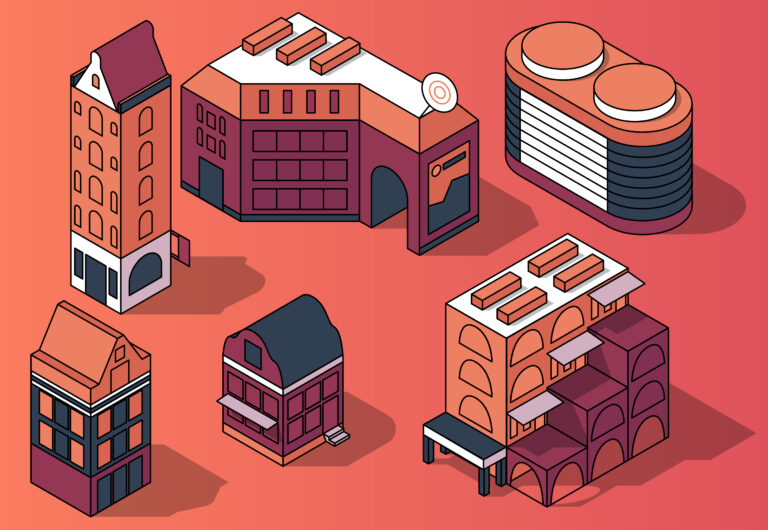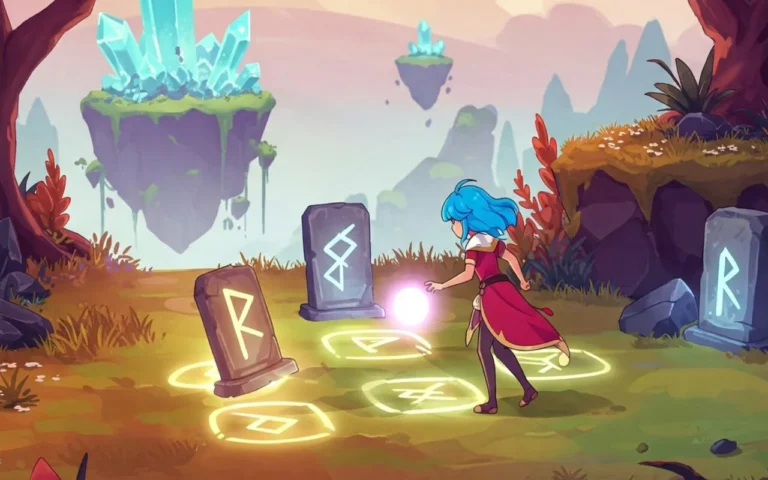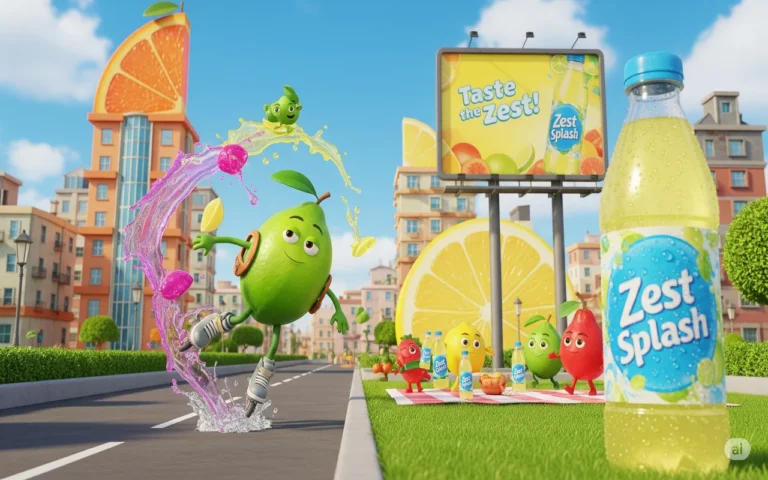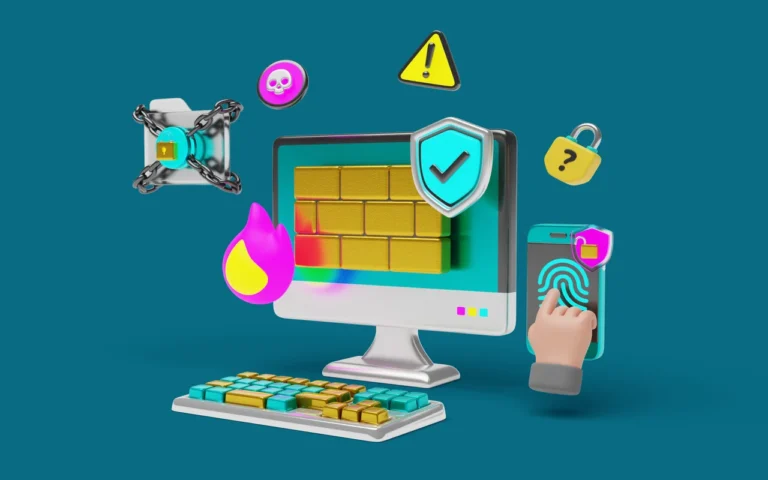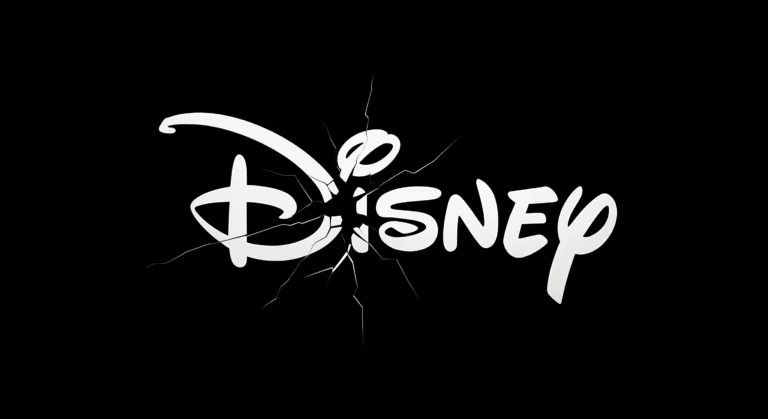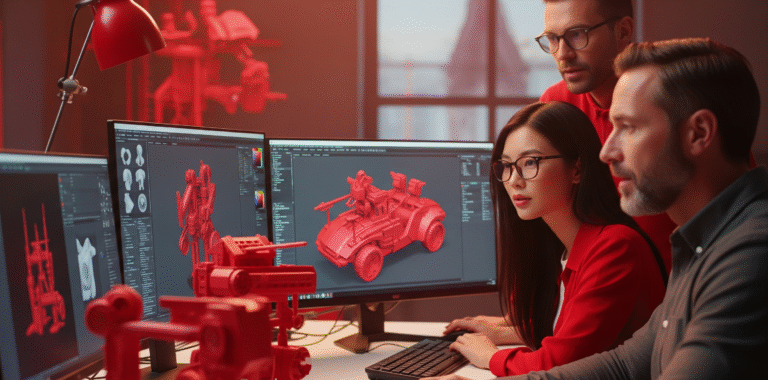Character art styles significantly influence how players and audiences engage with the game design and animation.
Each character style in games and animation offers a unique feature. They all have their strengths, challenges, and targeted audiences.
Whether you’re seeking a cute appeal, sharp realism, or striking abstraction, you can select the perfect aesthetic for your character design process if you understand these styles.
In this piece, we’ll explore that vast artistic spectrum, stopping to appreciate the flavors of key styles along the way.
You’ll discover how cartoon elasticity supports wacky antics, textured brush strokes add hand-crafted personality, and lively motion makes CGI creations feel more relatable. Here is the list of different character art styles:
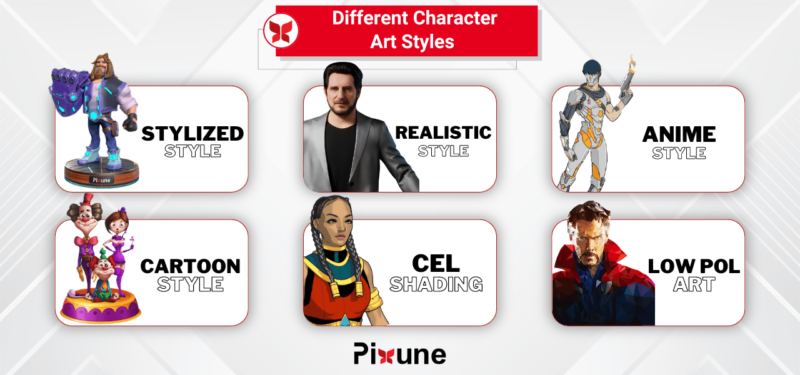
What Defines the Cartoon Style of Character Art?
The cartoon style is known for its playful exaggeration, whimsical designs, and departure from realistic constraints. It doesn’t follow realistic laws of anatomy or physics, so it allows designers to create unique and quirky characters.
Cartoon styles involve using simple shapes, vibrant colors, and exaggerated features to show emotions quickly and make characters instantly recognizable.
This style, ranging from hand-drawn animation to digital ones, excels in comedy-driven games and animations, where over-the-top expressions and movements lift humor and storytelling.
Growing up, I treasured nothing more than plopping onto the shag carpet on Saturday mornings to soak in back-to-back cartoon hijinks. I’d laugh hysterically at Wile E. Coyote’s increasingly complex Acme gadgets backfiring in Looney Tunes.
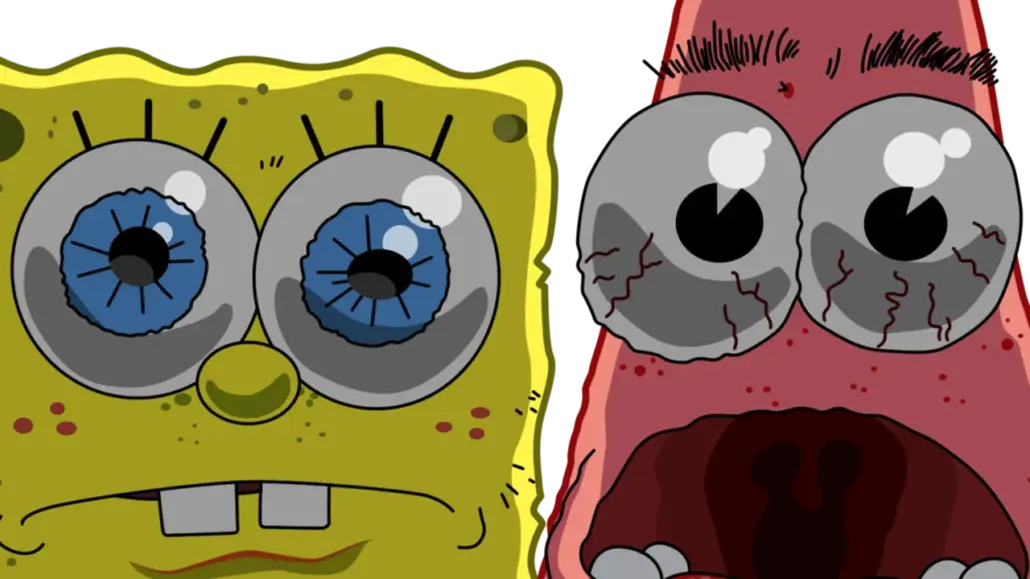
Some of the All-Time Cartoon Favorites!
Iconic cartoon characters like Bugs Bunny from Looney Tunes and modern favorites like SpongeBob SquarePants highlight the appeal of exaggerated, whimsical designs.
In gaming, Cuphead draws on vintage rubber-hose animation for its distinctive look, while Rayman embraces quirky, cartoonish logic.
These examples show how the cartoon style blends vibrant visuals with memorable personalities to captivate audiences.
How Does the Realistic Style Capture Humanity?
Realistic character art mirrors real-world details, anatomy, and 3D texturing with high precision.
Realism encompasses detailed elements like wrinkles, lifelike movements, and subtle expressions. This style aims to create immersive, believable worlds where characters feel real and tangible.
Realistic design is used in AAA games, cinematic cutscenes, and serious animations where deep immersion is crucial.
While it requires advanced technical skill and rendering capabilities, its final outcome has such depth and authenticity that it makes the whole production engaging.
When I first saw the hyper-realistic CGI dinosaurs lumber across Jurassic Park’s screens in 1993, my jaw scraped the sticky theater floor!
This was no Ray Harryhausen stop-motion – these towering T-Rexes felt tangibly alive and ticked off! Realistic CGI characters can depict humanity and nature with such accurate intimacy that it’s chilling. Or thawing, when used to spotlight beauty.
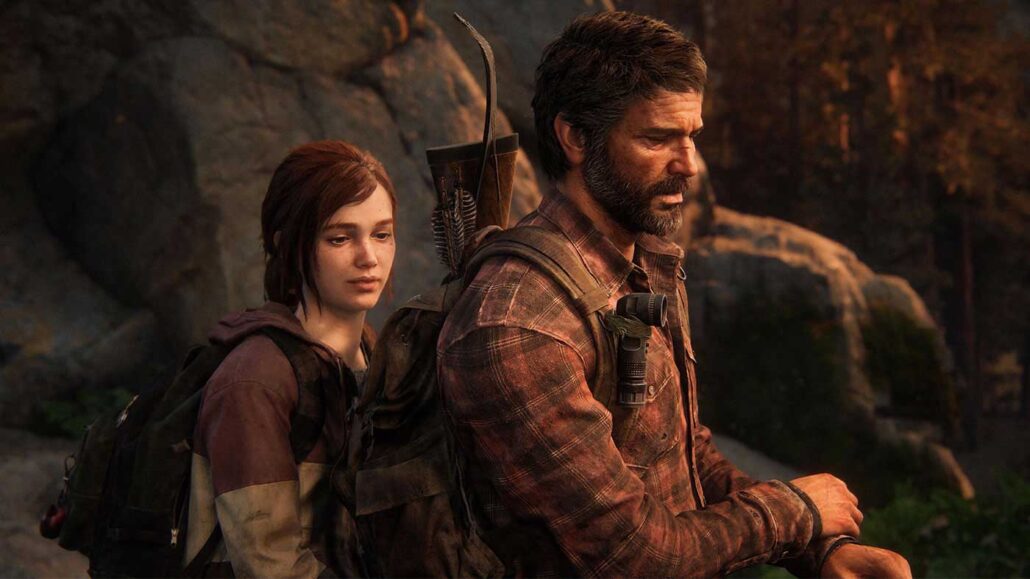
Stunning Realistic Examples!
Games like The Last of Us Part II and Red Dead Redemption 2 are the current gold standards for realistic character design.
They have introduced meticulous details, such as scars, weathered skin, and nuanced expressions, that no one could have anticipated in gaming at this level.
In animation, Final Fantasy VII: Advent Children achieves near-photographic realism, showcasing lifelike characters that resonate emotionally.
Who Were the Pioneering Pixelated Pals?
Pixel art was the founding father of photorealistic visuals. Despite numerous technical constraints, pixel art design services eschew lavish detail for strategic simplicity and introduce a novel design approach for artists and audiences.
Iconic characters like Mario (Super Mario Bros.), Link (The Legend of Zelda), and Lara Croft (Tomb Raider) used blocky sprites to suggest human-like traits, sparking players’ imaginations.
These pixelated pioneers laid the foundation for modern realistic visuals by proving that minimal details could still convey personality and humanity!
How Does Stylized or Exaggerated Art Amplify Reality?
Stylized art enhances reality by exaggeration and amplifying specific features, like oversized eyes, sharp angles, or surreal proportions. At the same time, it blends realistic elements within abstract concepts for a distinctive aesthetic.
Unlike purely cartoonish styles, stylized art strikes a balance between believability and bold artistic flair, making it highly versatile for games and animation.
This approach creates visually striking characters and unique art styles that resonate emotionally while standing out creatively.
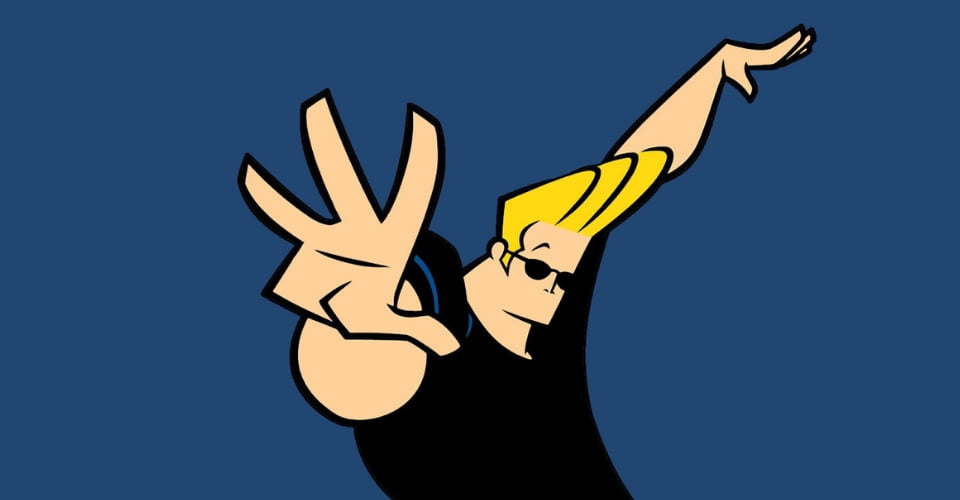
Bold Exaggerated Examples!
Games like Overwatch and Fortnite excel in stylized design. They use exaggerated linings and vibrant character color palettes to create instantly recognizable characters, which remain functional in gameplay.
In animation, The Incredibles highlights stylization by creating unique character art styles that retain emotional depth.
These examples highlight how stylized art differentiates itself in competitive markets, appealing to diverse audiences with its unique blend of realism and exaggeration.
Why Does Anime Style Offer a Portal to Escapism?
Anime art combines realism and stylization! Expressive eyes, dynamic movement, and vibrant, imaginative worlds usually define it.
Even though it originated in Japan, today, every anime studio globally impacts games, films, and pop culture.
The style excels in emotional storytelling, intense action, and rich visual symbolism that has created immersive escapes for audiences seeking fantasy and emotional depth.
As a teen, I’d come home drained after long days squirming in hard desks. Cracking open a manga fills that void with outrageous escapism. On pages bustling with giant eyes, Speedline action, and wacky hairstyles, I could loosen reality’s stiff collar and breathe imagination.
Anime invites you to be an awestruck kid again in worlds where imagination reigns supreme. No wonder it continues spreading joy globally.
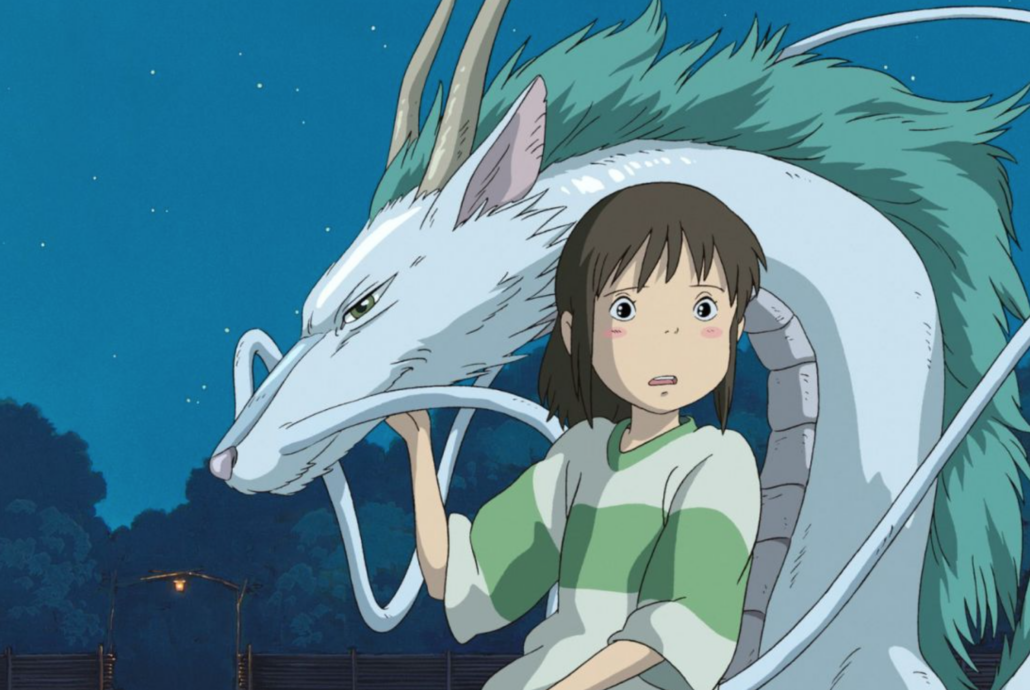
Iconic Anime Wonders
I think there are few people who aren’t familiar with masterpieces like Naruto, Dragon Ball Z, Attack on Titan, and My Hero Academia. These anime are among the world’s most beloved shows of any style!
These Iconic anime introduced such memorable characters that transformed this style’s ability to blend drama and fantasy.
In gaming, Persona 5 and Genshin Impact demonstrate that anime can bring a vibrant aesthetic and storytelling to interactive worlds to attract players with its distinct charm.
How Does Cel Shading Blend 2D Looks with 3D Power?
Cel shading is a rendering technique that gives 3D models a flat and hand-drawn appearance, similar to 2D art. This technique uses bold outlines and simplified shading to achieve such a look.
It merges the charm of classic cartoon or anime aesthetics with the depth and flexibility of modern 3D engines.
This hybrid approach creates visually striking, easily readable characters while being less resource-intensive than hyper-realistic rendering, making it both artistic and efficient.
Of course, a modern game art company creatively blends many techniques under the hood. But the principles of legibility, personality, and performance that cel shading pioneered remain guideposts for stylizing immersive experiences with handcrafted hearts.
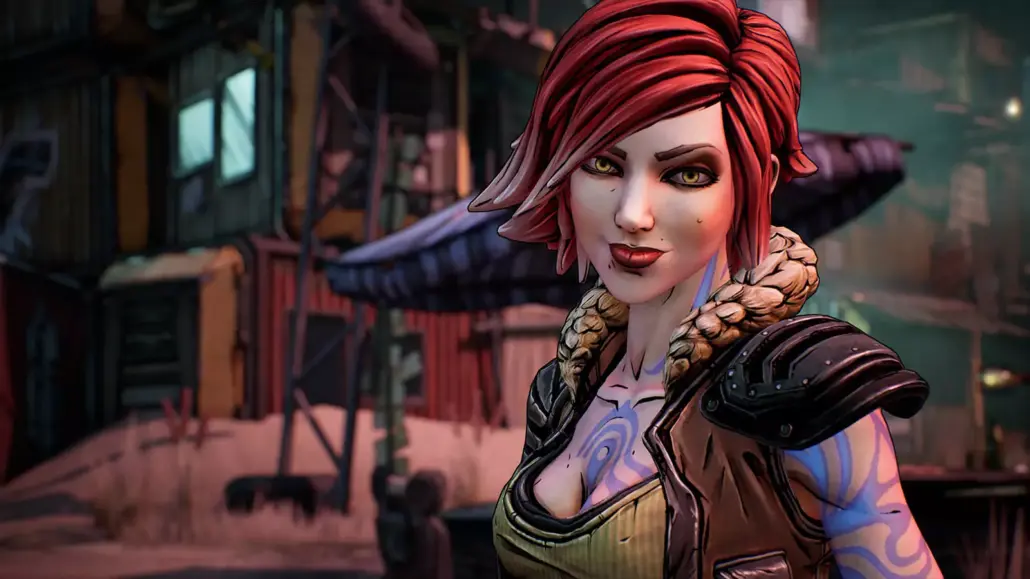
Some Cel Shade All-Stars!
Games like The Legend of Zelda: Wind Waker, Jet Set Radio, and Borderlands are iconic for their cel-shaded style. They come with bold, timeless visuals that stand out against realistic trends.
Their aesthetics are inspired by animation and deliver lasting appeal, highlighting cel shading’s ability to balance artistry and functionality.
Why Does Low Poly Art Deliver Meaning with Minimalism?
Low poly art employs simplified polygonal models to create a geometric, abstract aesthetic.
Even though hardware limitations initially drove it, low poly game art has become a deliberate style choice that embraces minimalism.
Its simplicity speeds up production while infusing characters with unique, artistic charm, making it ideal for indie games and stylized animations where atmosphere outweighs intricate detail.
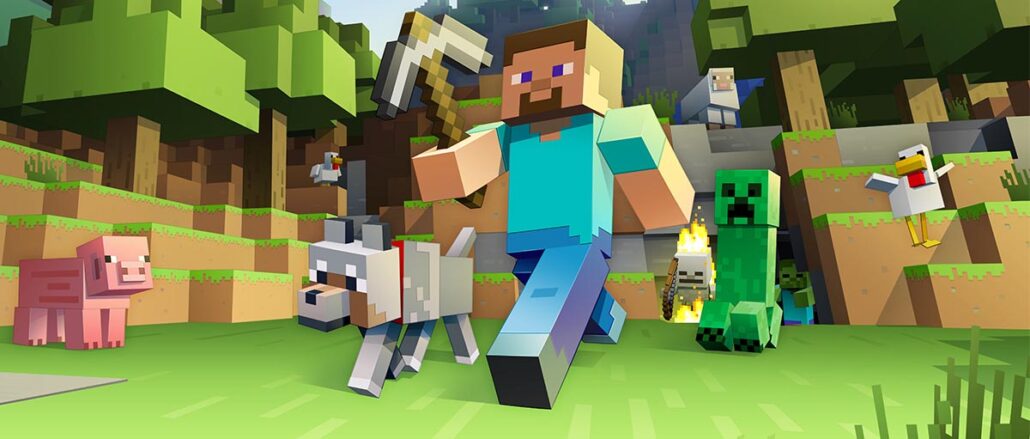
Polygonal Pioneers
Early games like Tomb Raider and Star Fox used low poly due to technological constraints, laying the groundwork for the style.
Modern indie titles like Journey and Monument Valley intentionally embrace low poly for its elegant, evocative aesthetic, proving that simplicity can inspire creativity and become a powerful artistic choice.
How Is Artistic Alchemy Expanding the Style Spectrum?
Advanced tools like Unreal Engine and Unity, Maya and Blender, and AI-driven design empower artists to mix these art styles. Artists can blend realism, stylization, cel shading, and low poly to create hybrid mixtures.
So where next for the style spectrum? This art style mixture creates unique character designs, ensuring projects stand out with distinct visual identities.
By combining cutting-edge technology with creative freedom, this artistic alchemy broadens the horizons of visual storytelling in games and animation.
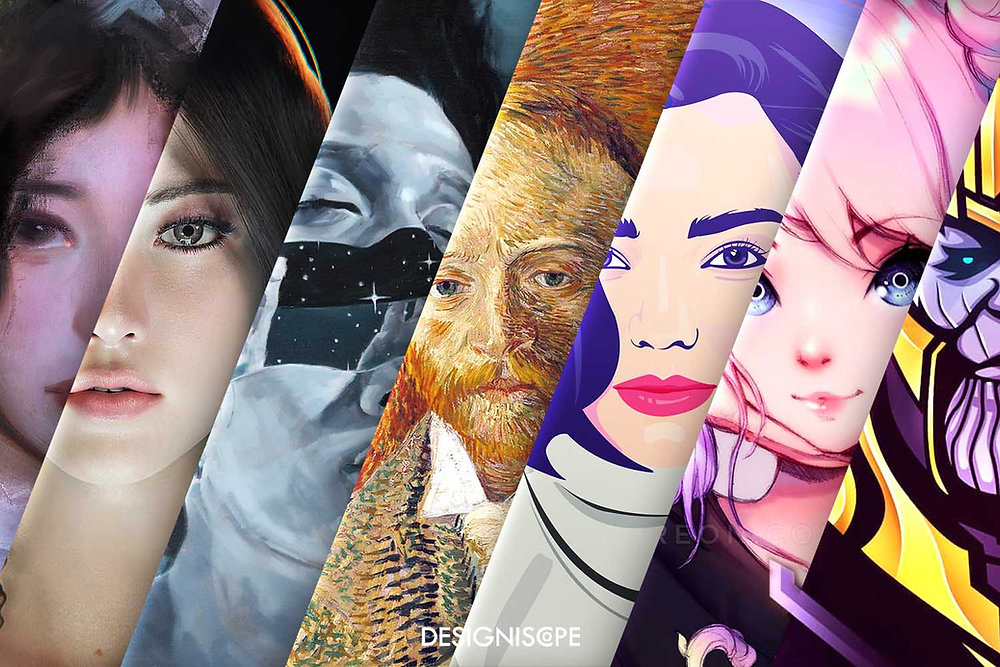
Final Words
Character art styles are more than just the elements’ appearances. They define the emotional impact of stories, narratives, and players in games and animation.
Whether you’re looking into fun cartoons, trendy anime, photorealistic shows, or even striking minimalism, you must notice how each style serves a unique role!
Designers can make informed and profitable decisions if they look more closely into their choices and decide on a style that complements their character and story.
Ultimately, whether you’re an aspiring artist or a manager in a high-end character animation studio, you should know that the best character art style is one that complements your story and captivates your audience!
FAQs
How should you design stunning male characters in your style?
Start with a clear, iconic silhouette and balanced form that shows character. Choose colors and details that hint at their personality or role.
What are popular art styles for image transformation?
Common styles include anime, pixel art, abstract, cubism, pop art, oil painting, ink punk, papercraft, and cartoon styles.
What are the best character designs of all time?
Iconic designs include Star Wars characters by Ralph McQuarrie and Alice in Wonderland by Mary Blair. On gaming forums, fans often mention Batman and Darth Vader for their instantly recognizable looks.
How do specific styles convey emotion and genre?
Expressive linework and color choices can evoke mood or genre. Bold lines feel energetic, while muted tones suggest realism or drama. Subtle detail and realism deepen emotional immersion.
Why is choosing the right style important?
The style sets reader expectations and frames the narrative tone. It ensures the design aligns with the story, genre, and audience perception.
How can I blend multiple styles and keep designs cohesive?
Use consistent elements like silhouette, color palette, and line weight. Make sure visual traits overlap between styles to maintain harmony.
What foundational steps should artists take when designing characters?
Begin with basic shapes and poses to build personality. Then refine anatomy, expression, and costume in layers.
Should I use references, and how should I use them?
Yes. Study references for anatomy, lighting, and textures. Then adapt what works into your own unique style rather than copying directly.
What are current trends shaping character design today?
Trends include refined pixel art, surreal or hybrid styles, diversity in body types and expression, and blending digital techniques with traditional aesthetics.
